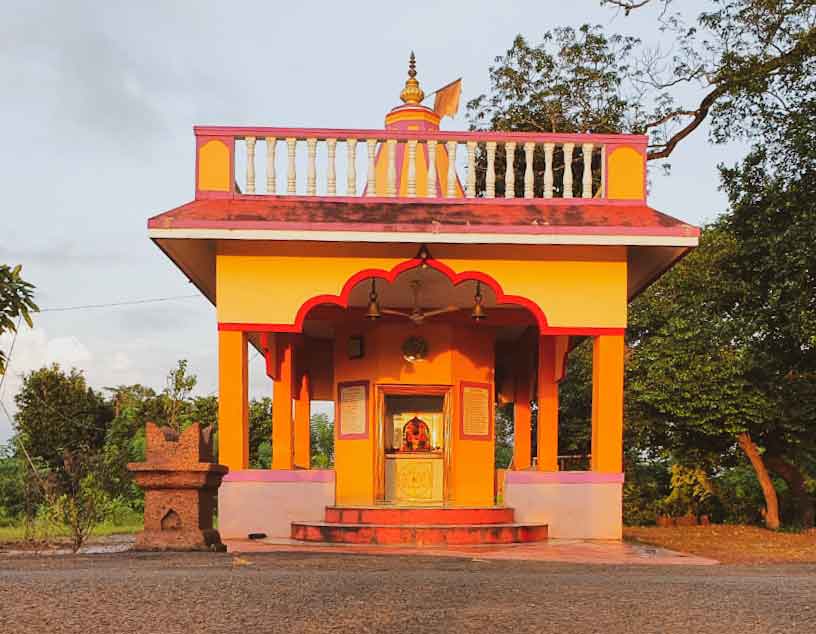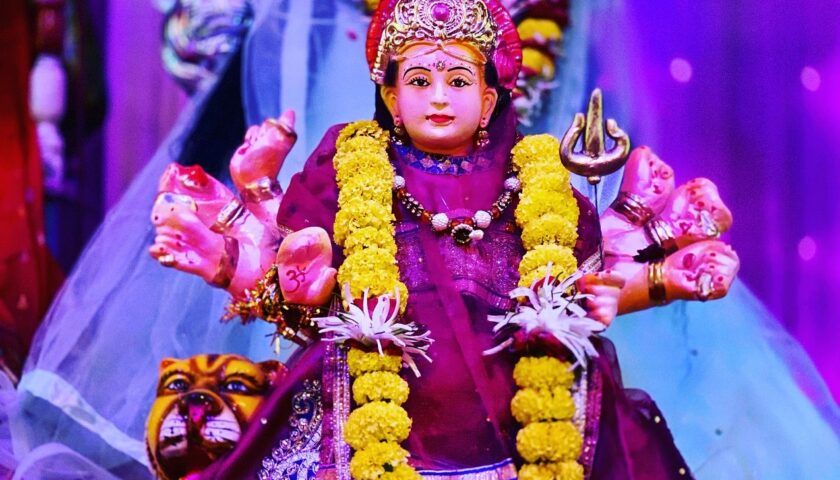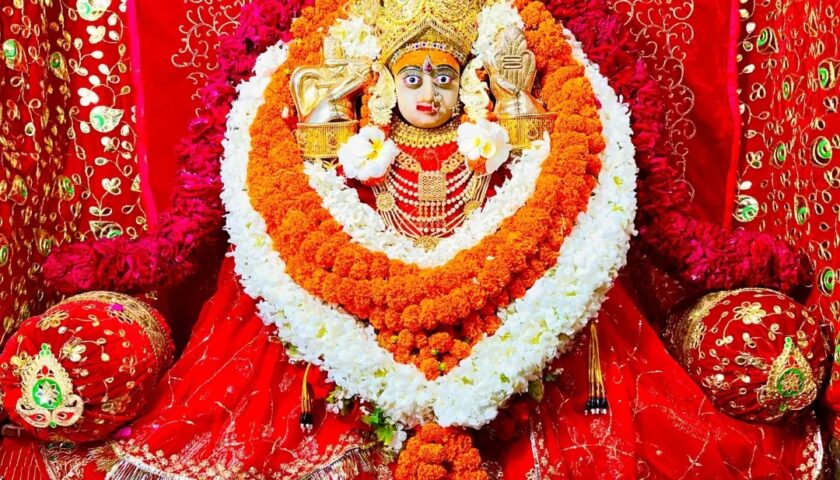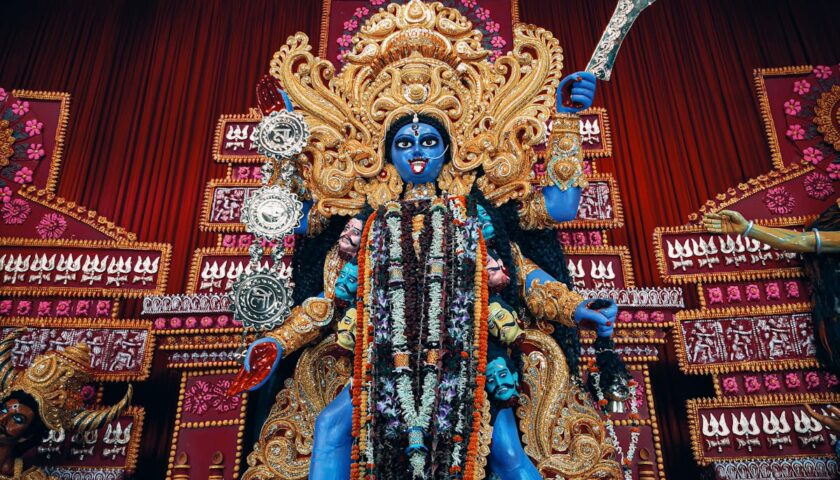Introduction: In the rich tapestry of Hindu festivals, Sankashti Chaturthi holds a special place. Observed predominantly by devotees of Lord Ganesha, this auspicious day is marked with fervent prayers, rituals, and fasting. With its roots deeply entrenched in Hindu mythology and scriptures, Sankashti Chaturthi is celebrated with great enthusiasm across India and among Hindu communities worldwide. Let’s delve deeper into the significance, rituals, and celebrations associated with this revered festival.
Significance of Sankashti Chaturthi: Sankashti Chaturthi falls on the fourth day (Chaturthi) of the waning phase of the moon (Krishna Paksha) in the Hindu lunar month. It is particularly significant for devotees of Lord Ganesha, the remover of obstacles and the harbinger of prosperity and wisdom. The word “Sankashti” is derived from “Sankat,” which means troubles or difficulties, and “Chaturthi” refers to the fourth day. Hence, Sankashti Chaturthi is observed to seek Ganesha’s blessings for the removal of obstacles and challenges from one’s life.
According to Hindu mythology, observing fast and performing rituals on Sankashti Chaturthi is believed to appease Lord Ganesha, thereby ensuring success, prosperity, and overall well-being. It is also believed that observing this vrat (fast) helps in overcoming hurdles and fulfilling desires.
Rituals Associated with Sankashti Chaturthi:
- Fasting: Devotees observe a strict fast from sunrise to moonrise on Sankashti Chaturthi. Some may choose to have water or fruits during the fast, while others observe a complete fast without consuming anything.
- Puja and Offerings: On this day, devotees perform elaborate puja rituals dedicated to Lord Ganesha. This includes decorating the deity’s idol or image with flowers, offering modak (a sweet delicacy associated with Ganesha), durva grass (a type of grass considered sacred to Ganesha), and other traditional sweets and fruits.
- Chanting Mantras: Recitation of Ganesha mantras and hymns is an integral part of Sankashti Chaturthi observances. Devotees chant sacred texts such as the Ganapati Atharvashirsha and the Ganesha Sahasranama to invoke the blessings of Lord Ganesha.
- Moonrise Observation: The fast is concluded only after sighting the moonrise in the evening. Once the moon is visible, devotees break their fast by consuming prasad (food offered to the deity) and performing aarti (ritual of waving lighted lamps).
Celebrations of Sankashti Chaturthi: Sankashti Chaturthi is celebrated with great devotion and fervor by millions of Hindus worldwide. Temples dedicated to Lord Ganesha witness a surge in footfall on this day, with devotees thronging to seek the deity’s blessings. Special pujas and rituals are conducted in these temples, and the atmosphere is charged with spiritual energy and enthusiasm.
Apart from temple celebrations, many households also observe Sankashti Chaturthi with traditional rituals and family gatherings. It is considered auspicious to invite friends and relatives to participate in the puja and share prasad together.
Conclusion: Sankashti Chaturthi is not merely a religious observance but a spiritual journey for devotees seeking divine intervention in their lives. Through fasting, prayers, and rituals, devotees express their unwavering faith in Lord Ganesha and seek his blessings for prosperity, success, and the removal of obstacles. As one of the significant festivals in the Hindu calendar, Sankashti Chaturthi embodies the essence of devotion, faith, and the eternal quest for divine grace.





